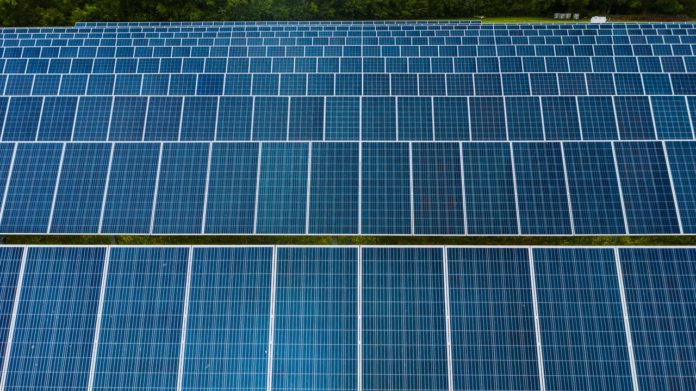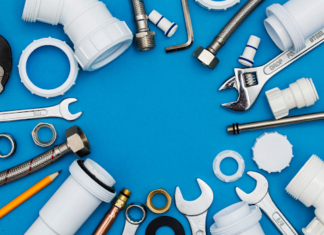The 20th-century energy procurement and distribution model is aimed at large power plants producing electricity through coal, water or gas. The local bodies then distributed the electricity through a central grid that reached all homes, offices and commercial buildings. However, innovative technology has diversified the grid today by adding renewable energy sources and two-way electricity flows. These are otherwise referred to as distributed energy solutions. One of the main reasons for its rise is the prominent solar and wind farms that supply an increasing proportion of power to these grids every day. Numerous Australian houses generate their electricity using solar panels that store them in battery systems. Smart metres that provide electricity on demand have changed how they consume electricity. It has incidentally resulted in a reduction in consumption during peak periods that help maintain the grid.
The Need for Distributed Energy Resources
Reliable power supply has been an issue worldwide as the centralised grid struggles to meet the demands, especially during peak hours when it requires expensive backup. Distributed energy resources that form small-scale units of the locally-generated power grid that connect with the local distribution grids enter the scene. This decentralised source of community electricity provides a two-way power flow to the grid. These DERs also include metres that indicate renewable and non-renewable energy generation, storage, inverters and other controlled loads that store and analyse data services.
What Are the Well-known Distributed Energy Resources?
The most common examples of distributed energy solutions include natural gas turbines, solar panels, wind turbines, fuel cells, biomass generators, battery storage, electric vehicles, tri-generation units, EV chargers and other response applications. All these elements work coherently to form distributed electricity generation.
The Prevalence of DER
The distributed energy resources have been growing exponentially every year. A joint publication by the Electricity Network Transformation Roadmap with Energy Networks Australia and CSIRO shows that over 40 per cent of electricity consumers will be using distributed energy by 2027. They have estimated that the user number will grow to more than 60 per cent by 2050.
How Is it Beneficial?
The increasing usage of DER in the conventional power grid provides numerous benefits and opportunities for electricity generation and distribution systems. The households and buildings that receive power from these grids also benefit.
Affordability
The primary benefit that all stakeholders enjoy from DER is its affordability. Customers who have access to the power supply assets can enjoy paying less for the electricity as they sell the power back to the grid through the two-way panels. Additionally, bodies also compensate them for their storage systems to help stabilise the grid system during peak times. The reduced cost can allow lower pricing in overall electricity distribution. One research found that investment in DER can reduce the expansion cost of the supply grid by 60 per cent in the next three decades.
Reliability
Reliability is an additional benefit of using DER as one can rely on variable energy resources to meet people’s demands. In places like the sunny plains of Australia, solar panels and wind turbines supply electricity to the grid and balance the supply. It either reduces the electricity demand or provides enough power to smooth out the intermittent power supply during peak periods.
Businesses and companies that invest in the energy sector are investing in restructuring utility companies to accommodate renewable energy resources that provide distributed energy solutions on a large scale. As the world rapidly moves towards digitisation, innovative technology has become an innate part of modern lives.









